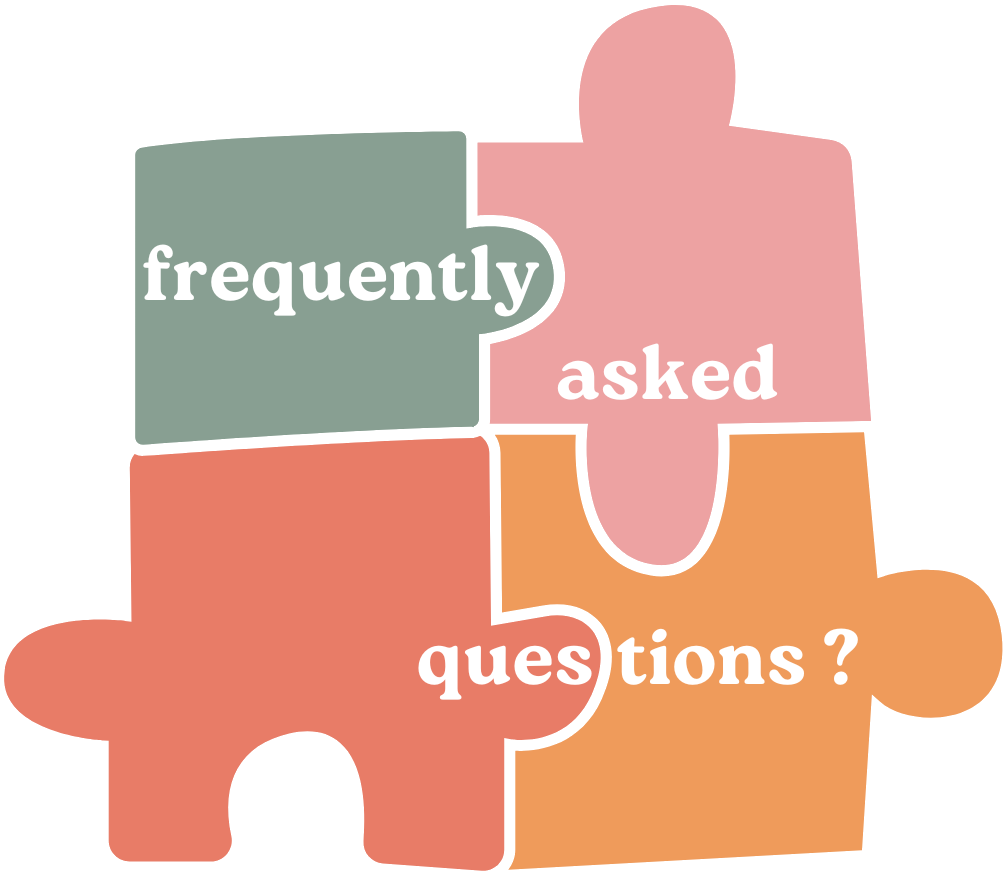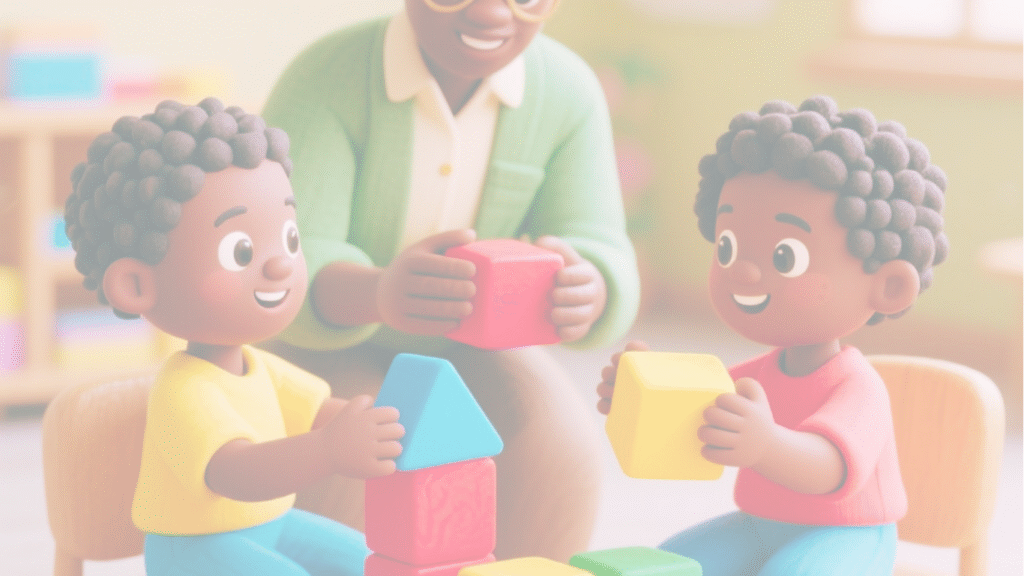Helping You develop, recover, or maintain the skills needed for everyday activities
At Heartland Therapies, We provide personalized occupational therapy to help children build the foundational skills they need for success in everyday life.
We are a team of qualified occupational therapists using a family-centered, holistic approach that is dedicated to improving motor skills, sensory processing and self-help skills

Pediatric Occupational Therapy
We help children build the foundational skills they need for success in everyday life.
Therapy may focus on:
Fine motor skills (grasping, handwriting, buttoning clothes)
Gross motor skills (balance, coordination, strength)
Sensory processing and regulation
Self-help skills (dressing, feeding, toileting)
Attention, behavior, and play development
OT helps children gain independence, confidence, and success at home and school.
Our Tools and Techniques
To make therapy fun and effective, we use:
Sensory integration tools (swings, textures, weighted items)
Fine-motor exercises and games
Adaptive equipment and assistive technology
Handwriting and visual-motor programs
Task-based and play-based learning
Book a Session
The advantage of early intervention is the ability for issues to be worked on while the brain is the most receptive, which means it cuts down therapy time.
Getting started is easy!
Schedule an initial consultation.
Receive a personalized therapy plan.
Begin your journey toward better life

1. What is occupational therapy?
Occupational therapy (OT) helps people of all ages develop or regain the skills needed for daily life — such as self-care, work, learning, and play.
Therapists help clients become more independent, confident, and able to participate in the activities that matter most to them.
2. Who can benefit from occupational therapy?
OT can help:
Children with developmental delays, sensory challenges, or difficulties with fine and gross motor skills.
Individuals with autism, ADHD, cerebral palsy, or learning differences.
3. What happens during the first session?
The first session is usually an assessment. The therapist will talk with you (and your child, if applicable), observe daily activities, and identify strengths and challenges.
After the assessment, a personalized therapy plan is created to meet your specific goals.
4. How long does occupational therapy take?
The duration depends on each person’s needs and goals. Some clients benefit from a few sessions, while others may continue therapy for several months.
Your therapist will regularly review progress and adjust the plan as needed.
5. How often are therapy sessions?
Sessions are typically scheduled once or twice a week, depending on the therapy goals and progress rate.
Consistency plays an important role in achieving lasting results.
6. What types of activities are done in therapy?
Therapy sessions are designed to be fun, engaging, and purposeful.
Activities may include:
Games that improve fine motor and coordination skills
Sensory play and regulation activities
Self-care practice (e.g., dressing, feeding)
Strength and movement exercises
Cognitive or visual-motor tasks
7. Can parents or caregivers participate in therapy?
Absolutely! Family involvement is encouraged.
Therapists often provide home activities, guidance, and strategies to help practice skills outside the clinic and reinforce progress.
8. Do you offer home or school visits?
Yes, depending on availability. We can provide therapy at home, in schools, or in community settings to support skill development in natural environments.
9. How do I know if my child needs occupational therapy?
You may notice your child:
Has trouble holding a pencil or using scissors
Struggles with buttons, zippers, or feeding themselves
Has difficulty sitting still or paying attention
Reacts strongly to sounds, textures, or movement
Avoids certain play or motor activities
If you’re unsure, a professional evaluation can help identify if OT would be beneficial.
10. Do you provide therapy for adults?
No, We provide therapy for children only.
11. What should I bring to the first appointment?
Bring any medical reports, school assessments, or therapy notes if available.
Most importantly, come prepared to discuss your goals, concerns, and daily challenges so the therapist can create a meaningful plan.
12. Is occupational therapy covered by insurance?
Coverage varies depending on your insurance provider and plan.
We can provide a detailed invoice or therapy report to assist with insurance reimbursement if needed.
13. How can I support progress at home?
Your therapist will provide simple home exercises, routines, and strategies that reinforce what’s learned in therapy.
Consistent practice at home helps speed up progress and builds lasting skills.
14. What makes your occupational therapy approach unique?
Our therapy is personalized, play-based, and goal-oriented.
We focus not just on skills, but on helping each client gain confidence, independence, and joy in everyday activities.

